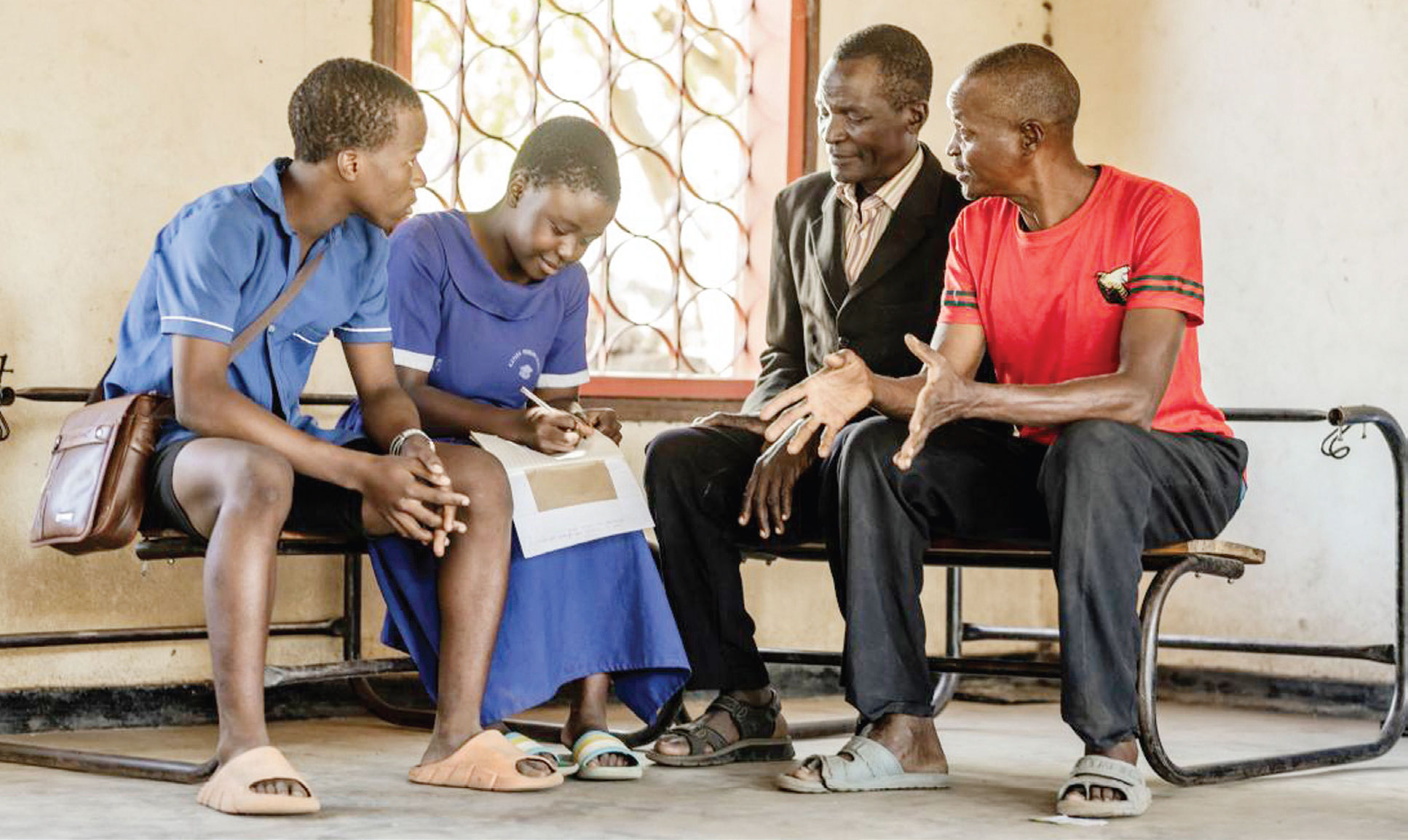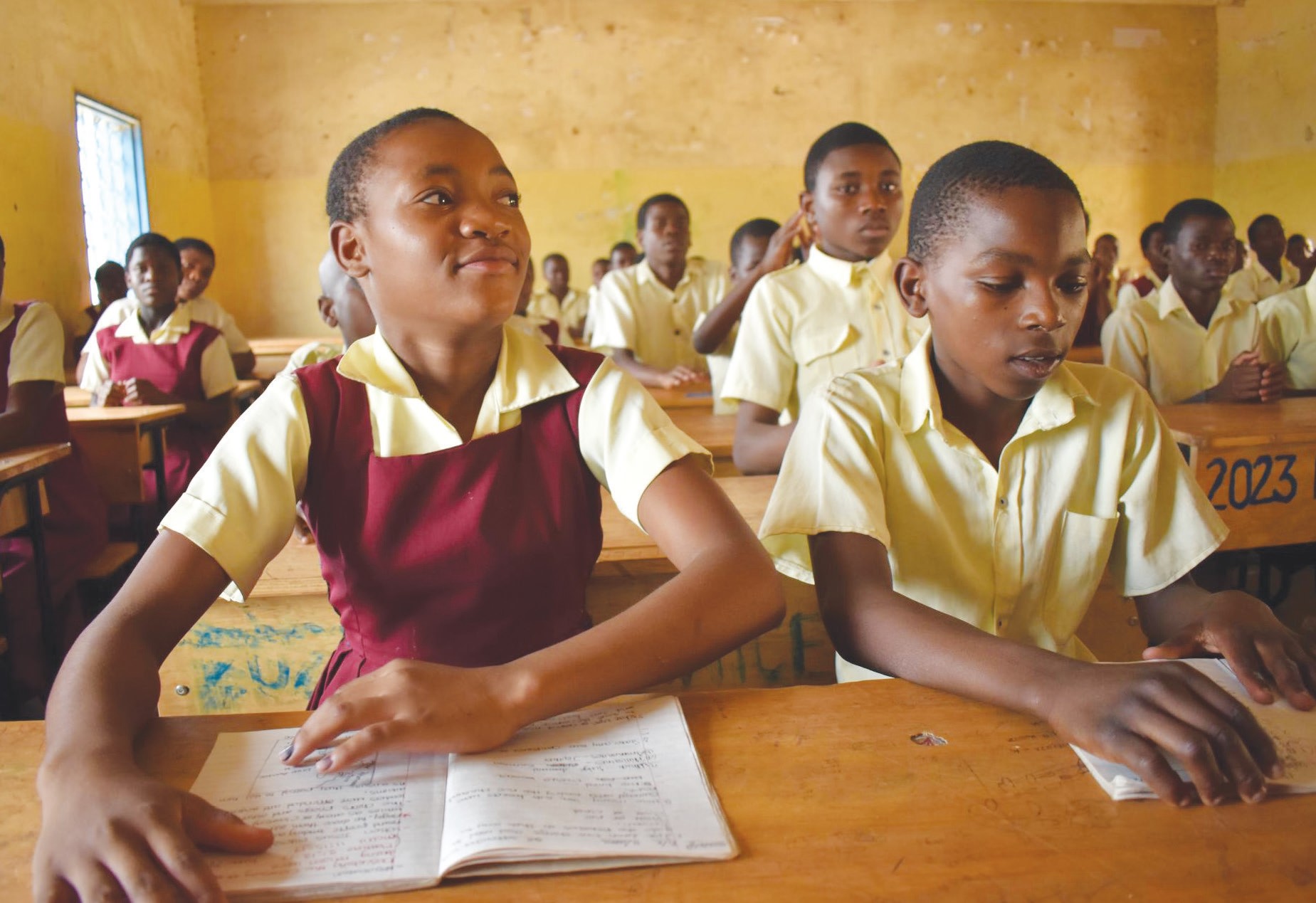Will the new curriculum work?
Starting from the next academic year in September, the Ministry of Education, Science and Technology will roll out a new curriculum in the country’s secondary education.
Spokesperson for the Ministry of Education Rebecca Phwitiko says the curriculum will be rolled out in a linear mode and that there will be no disruptions as the implementation will be linear.
“Eight subjects will form part of the core teaching component in this new curriculum, namely, english, history, geography, agriculture, mathematics, physics, chemistry and biology,” says.
This curriculum is aimed at improving science and technology in the country. Thus, government has split physical science into physics and chemistry to strengthen the teaching of science.
“As a ministry we realise that there is need to strengthen the teaching of sciences in order to train more science minds,” says Phwitiko.
Benedicto Kondowe, executive director of Civil Society Education Coalition (Csec), says the move is ‘ambitious but with good intent’.
Education scholar Dr Steve Sharra says the decision “points to the strategic direction the government wants the country’s education sector to take towards science and technology”.
“It is an important move and needs to be embraced and supported,” he says.
However, the two argue that government has not prepared enough for the new curriculum to succeed.
Sharra believes schools are not ready for the new curriculum.
“One important lesson we have learned from previous major education reforms, in particular Free Primary Education (FPE) in 1994, is that the costs incurred through hasty reforms are greater than the costs incurred in thorough preparations. The new secondary school curriculum has had thorough preparations, in as far as the conceptualisation, consultation and production process.
“But the new curriculum has not been piloted. Schools are not prepared, nor are teachers. Most schools have no laboratories and it will not be possible to construct a lab in each of the schools in the few weeks remaining. The few available science teachers have not been oriented,” he says.
Sharra warns that it does not make sense to roll out this year.
“We will be repeating the same mistakes we have made in the past,” he says.
Zambia-based education specialist Limbani Nsapato says the result of hasty implementation of the new curriculum will be the public blaming the changes on the curriculum.
“What may be a good thing can easily be spoiled when there is no proper planning. As they say, failure to plan is planning to fail,” he says.
The two are calling on government to wait until things are in order.
“We need change that can be well supported and meaningfully implemented to consolidate the gains we have made in the education sector and shape a better future for generations to come,” says Kondowe.
However, government appears set to roll out.
Phwitiko says government realises the need to match classroom work with practice, particularly in the teaching of sciences, and it will ensure that students in CDSSs have the same opportunities as those in conventional schools.
“In terms of laboratories, we are currently procuring mobile labs which will be distributed to these CDSSs (in phases) to enable teachers to perform basic experiments in physics, biology and chemistry.
“Procurement of mobile labs for 200 CDSSs is underway, orientation for 1 300 Form One teachers will take place over the long holiday and in terms of pre-service training, the ministry has asked universities to increase intake for education students and in particular education science teachers,” she says.
Furthermore, Phwitiko explains that the Japanese government is providing support in upgrading some CDSSs through construction of laboratories, libraries, teachers’ houses and hostels, among other key facilities.
“Some of the beneficiary schools include Mkwichi in Lilongwe, Matenje in Salima and Mpamba in Nkhata Bay. The project is now in its third phase,” she says.
Apart from that, Phwitiko adds that the ministry also has plans to upgrade additional selected CDSSs and establish minimum requirements for CDSSs in terms of enrolment, pupil-teacher ratio and facilities.
“Initial estimates suggest that upgrading 120 CDSSs will bring a cumulative 72 000 additional secondary school places. All these plans are spelled out in the Education Sector Implementation Plan- ESIP II. Financial resources permitting, three additional government day schools will also be constructed under ESIP II. A total of 321 500 places can be created according to the projections in ESIP II,” she says.





